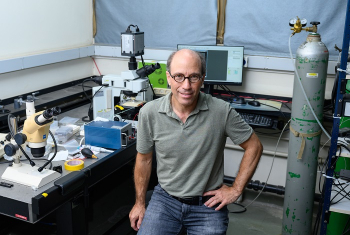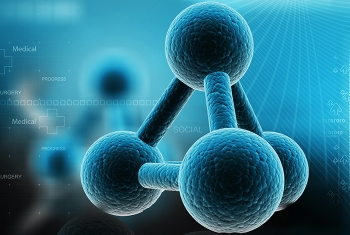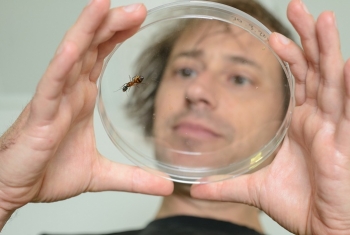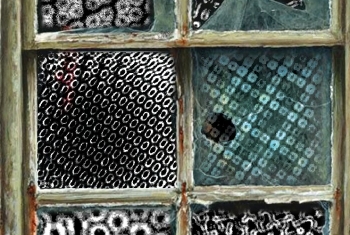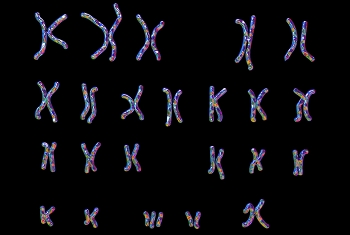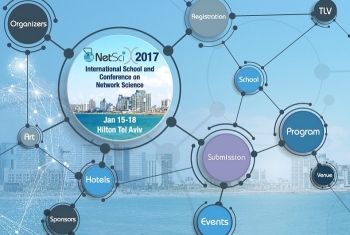Prof. Roy Bar-Ziv and his research team explore artificial gene expression systems in vitro that could ultimately mimic nature’s gene networks in controlling biochemical and structural functions. Using cell-free transcription/translation reactions, they continue to fine-tune the components of their artificial cells. Their latest feat: increasing the artificial cells’ efficiency in decision-making.
For cells, as with people, making well-informed decisions can take time and energy. On a cellular level, decisions are made by a genetic regulatory network (GRN) that integrates information from the environment and then modulates RNA and protein production according to the response needed. The number of regulatory molecules in each cell can vary from between one to a few hundred. This difference can result in fluctuations in information processing – when more cells are involved in the regulatory processes, more inputs are involved in the average, and decision-making becomes more precise and deterministic. In contrast, when fewer regulatory molecules are present, there are less inputs to average in the gene expression decision. With fewer inputs, the process goes faster, but is less precise, resulting in fuzzy decision-making and fluctuations in outputs, in this case, gene expressions.
For this reason, finding a way to create efficient artificial cells with a few decision-making molecules has proven challenging. Postdoctoral fellow Dr. Ferdinand Greiss, Staff Scientist Dr. Shirley Shulman Daube, and Prof. Bar-Ziv, in collaboration with Prof. Vincent Noireaux from the University of Minnesota, decided to demonstrate the decision-making process in bistable gene networks (gene networks that have one of two outputs) in artificial cells with constant protein turnover. Their results were reported in Nature Communications (2020).
In their experiment, they created two systems – one with a greater number of molecules in the gene regulatory network, and one with fewer molecules or copies. In the system with more regulatory molecules, gene decision-making was slower but precise, while the network with fewer copies was rapid and fuzzy, or had fewer defined outputs. They also found more fluctuations or variability in gene decision-making when there were fewer regulatory molecules. Therefore, artificial cells with fewer gene molecules could be more susceptible to random outcomes as compared to cells with more gene molecules. However, in low-copy cells, gene regulation occurred despite lower DNA and protein concentrations than one would find in biological cells, indicating that other factors, such as co-expression localization – or the close proximity of the feedback protein to the gene regulating molecules in an artificial cell – might be enhancing the rate. Their findings could shed light on the tolerance of living cells for fuzzy, yet more timely decision-making, and help scientists weigh the tradeoffs (economic and functional) between speed and accuracy when constructing autonomous cells.


